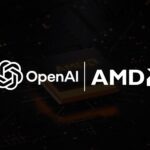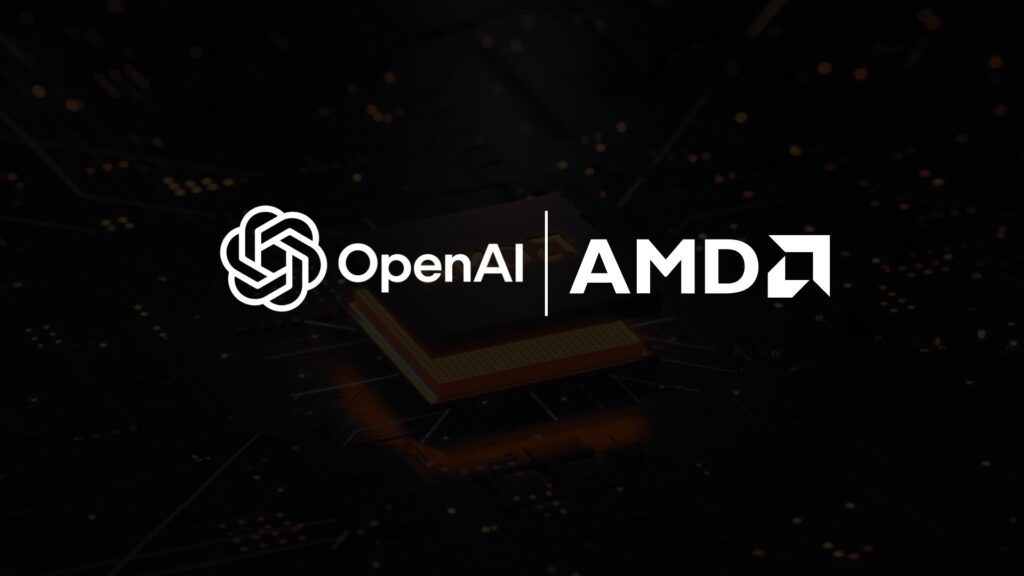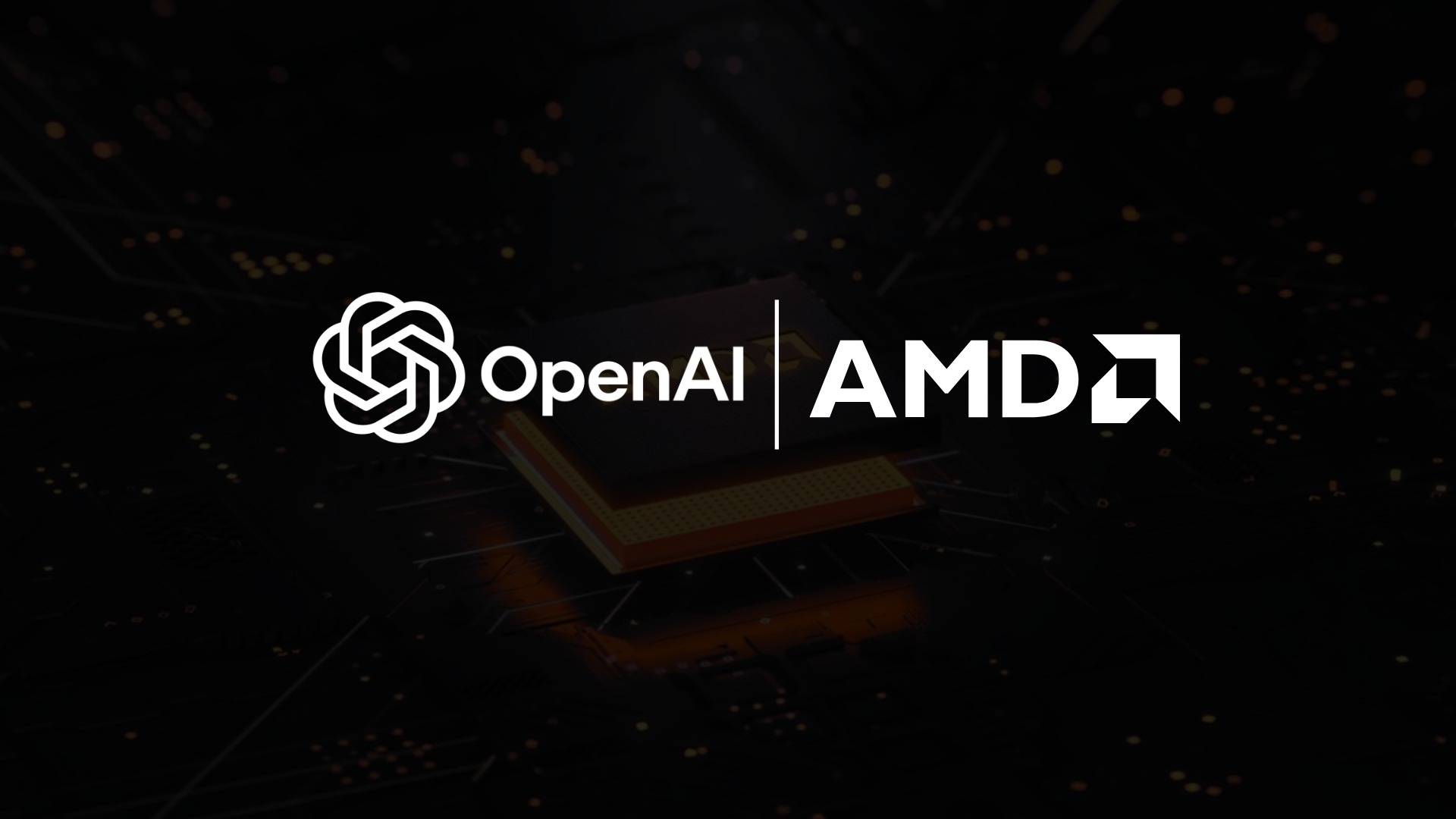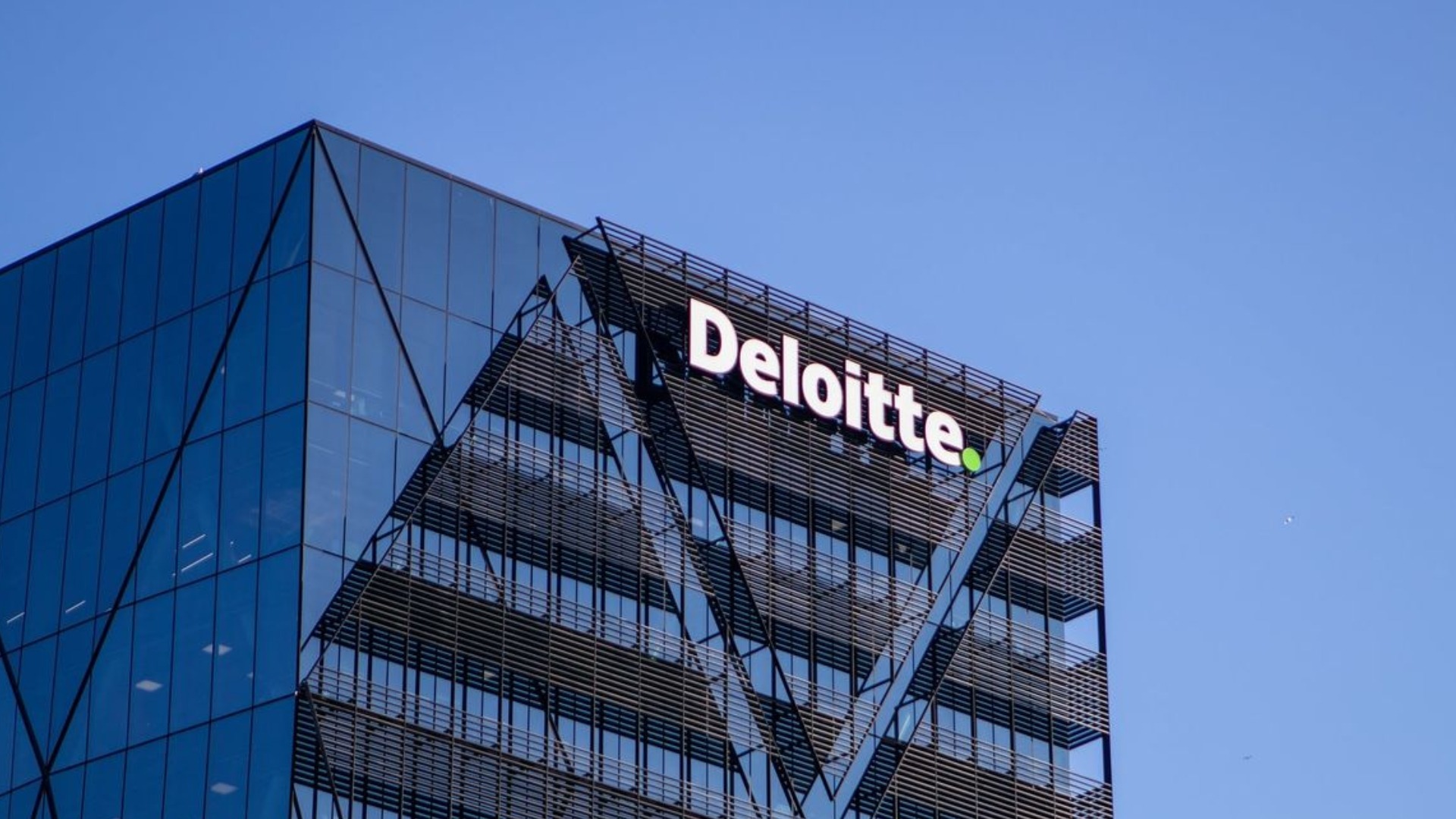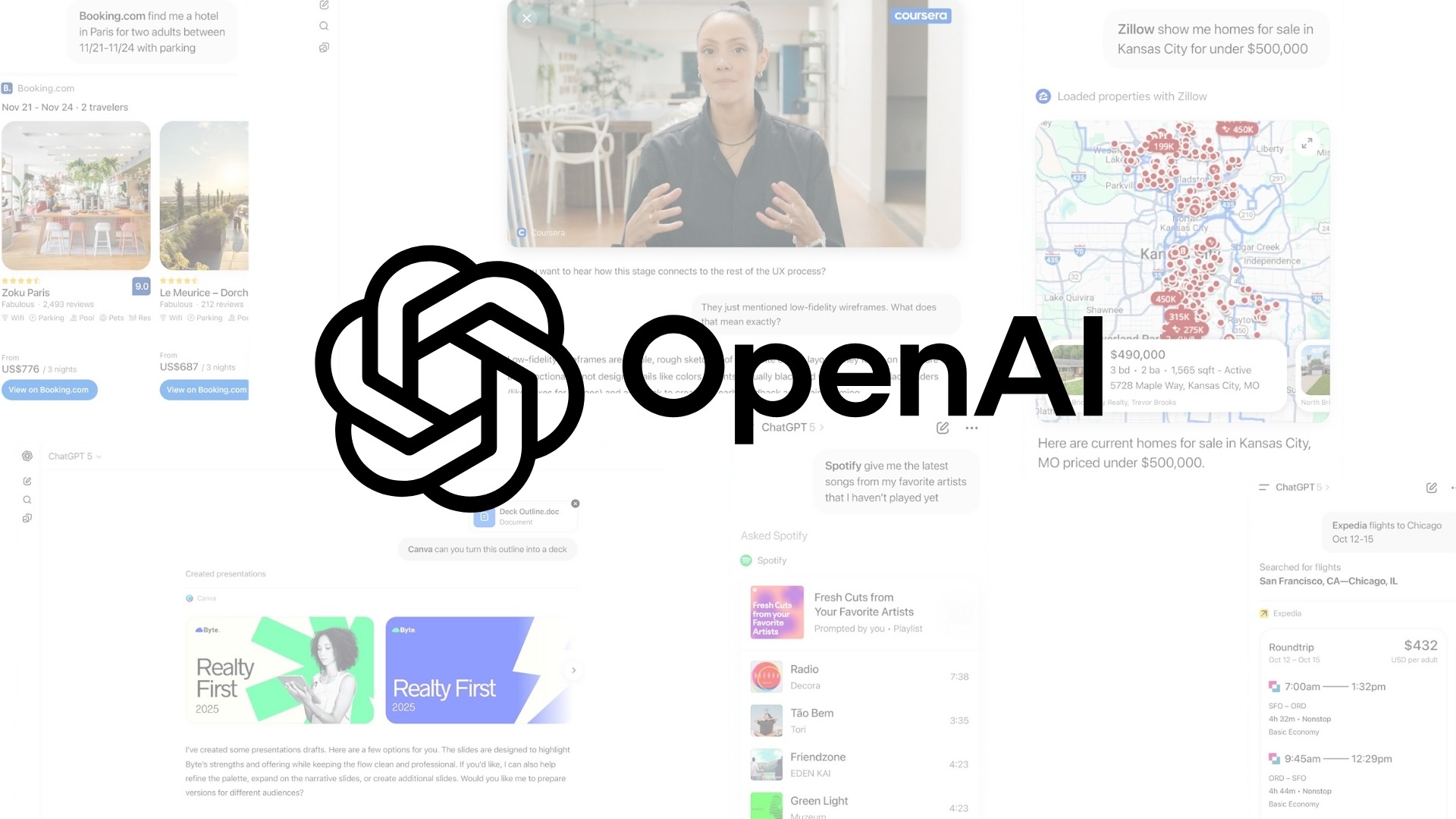OpenAI and AMD have signed a landmark multi-year chip supply agreement that is set to reshape the landscape of artificial intelligence infrastructure. Fact checks of all mentioned figures and statements in this article have been independently verified with primary sources, ensuring the highest journalistic integrity and data accuracy.
OpenAI’s pursuit of computing power has led to a strategic partnership with Advanced Micro Devices (AMD). This move follows OpenAI’s recent $100 billion contract with Nvidia and comes at a time when the organization oversees the multibillion-dollar Stargate project, aimed at building massive data centers across Texas, New Mexico, and the US Midwest. The AMD agreement will supply six gigawatts of AMD graphics processing units to OpenAI over several years, representing just over half the scale of its Nvidia deal and establishing AMD as a pivotal secondary supplier for generative AI deployments.
For AMD, the deal is transformative. The company expects the partnership to generate tens of billions of dollars in new revenue over the next five years. Market response was immediate and profound: AMD’s share price spiked by 24–35%, adding over $60 billion to its market capitalization in a single session and pushing its value above General Electric or Chevron. AMD CEO Lisa Su described this as the largest, most ambitious infrastructure deployment ever announced by the company, marking a high-stakes test of its ability to challenge Nvidia’s dominance in AI compute.[1][2]
The agreement includes 160 million share “warrants” for OpenAI at a nominal price, contingent on deployment milestones and AMD’s share price, potentially allowing OpenAI to own up to 10% of AMD stock. This structure aligns both parties’ long-term interests and incentivizes project success. The first phase of compute deployment, based on AMD’s Instinct MI450 chips, is set to begin in the second half of 2026, with further hardware rollouts driving additional warrant vesting up until October 2030.
OpenAI President Greg Brockman stressed that insatiable demand for AI services requires “as much computing power as we can possibly get.” He acknowledged a global scarcity of high-performance chips while confirming OpenAI’s continuing efforts to diversify its semiconductor supply chain, including recent deals with Samsung, SK Hynix, and Oracle. Despite these efforts, Nvidia’s grip on the AI market remains firm, thanks to its integrated software ecosystem and relentless pace of innovation.
AMD’s revenue from AI accelerators is projected to reach $6.55 billion this year, with the OpenAI deal expected to accelerate sales and adoption in 2027 and beyond. Analysts view the deal as a validation of AMD’s progress but caution that both companies are now exposed to the risks of an overheating AI investment cycle reminiscent of past tech bubbles. Financially, OpenAI remains unprofitable, relying on evolving instruments of debt, equity, and venture capital to fund its trillion-dollar infrastructure ambitions.
This partnership marks a watershed moment in the global race for AI hardware, solidifying AMD’s position as a true contender and giving OpenAI critical redundancy in its supply chain. The deal’s size, scope, and strategic underpinnings make it a story with outsized impact on the future trajectory of both companies and the larger generative AI revolution.
Aslo Read: The Man Company Story: How a Small Startup Became India’s Leading Men’s Grooming Brand
